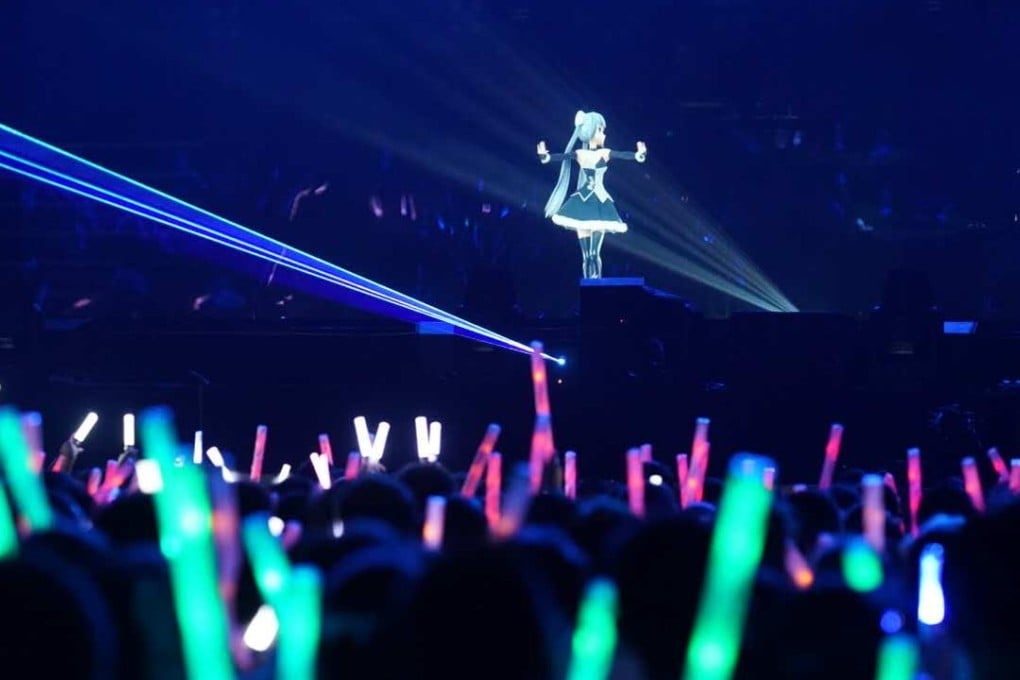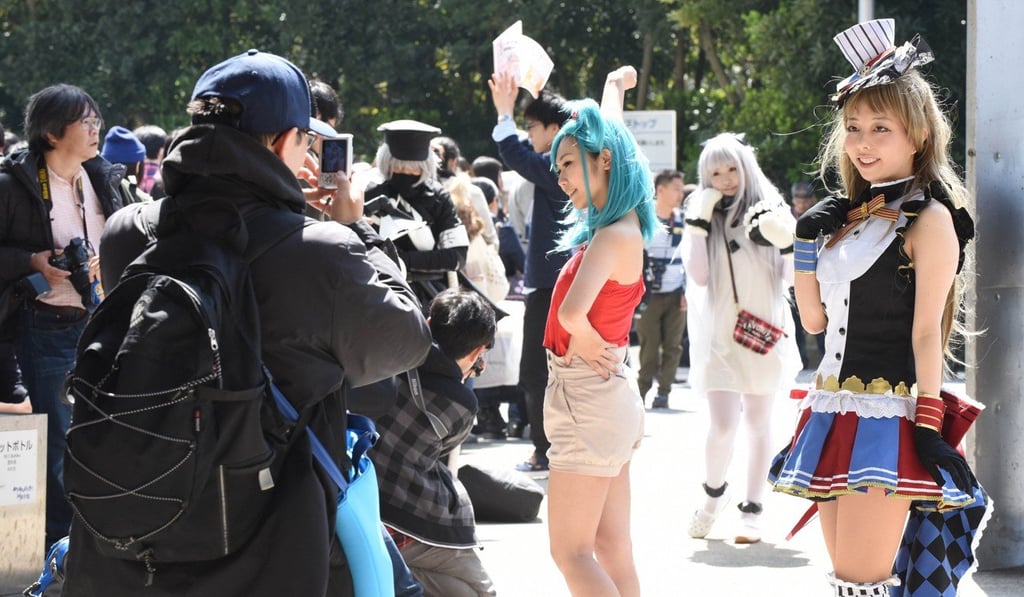3D hologram concerts and anime: how China’s rich kids will reshape the entertainment market
As Chinese millennials are natives of the internet, the magnitude of their spending in the digital form could surpass their parents’ generation

Teenagers in China’s expanding middle class households are pouring their pocket money into Japan’s animation and virtual entertainment industry, bolstering it in much the same way that their parents’ spending had driven demand for consumer goods from Japanese toilet seats to French handbags.
For proof of how the anime -- Japanese for hand-drawn or computer animation -- industry has captured Chinese teenagers, look no further than the Bilibili World event that ended last Sunday in Shanghai. More than 100,000 teenagers thronged the three-day affair, paying between 180 yuan and 1,480 yuan (US$219) on tickets to watch performances by anime holograms, and to meet the voice artists behind the characters. Five years ago, a mere 800 people showed up.
That’s giving anime a much-needed second life, as its home market is shrinking from the world’s fastest greying population, and a low birth rate that’s not replenishing the industry’s shrinking viewership and readership.

Compared with their parents, those born in the post-90s and post-2000 era in China are financially more secured and interested to indulge themselves in a colourful cultural life, which brings changes in the demand for entertainment
“They want diversified content that suits their individual tastes. The internet has made it possible for them to consume a huge amount of content from anime, games, and original video created by fellow internet users,” said Chen, whose company Bilibili is known to have a hold of China’s largest fan community for ACG – animation, comics and games.
